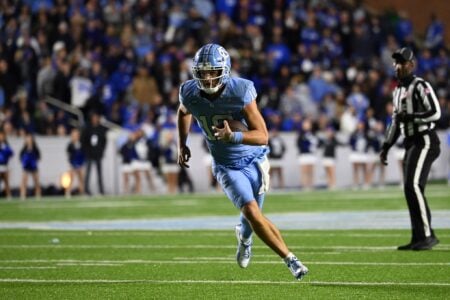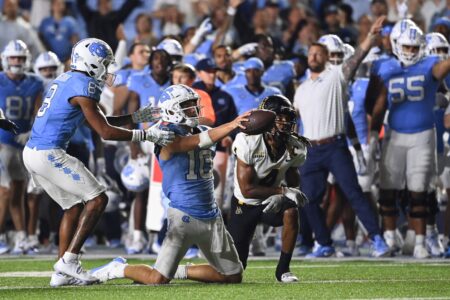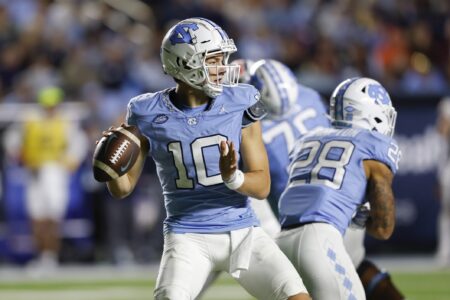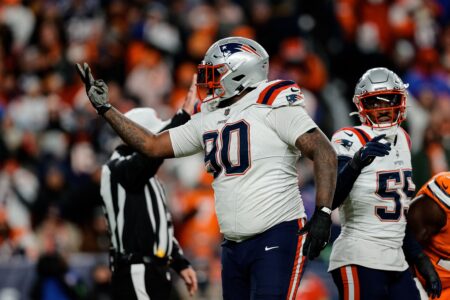Ring 6
PatsFans.com Supporter
PatsFans.com Supporter
2021 Weekly Picks Winner
2022 Weekly Picks Winner
- Joined
- Sep 13, 2004
- Messages
- 63,761
- Reaction score
- 14,113
I'm 100% confident that the "gameplan" didn't say "let's let them drive to the 1, then try to stop them"
No, the gameplan said we are ahead by 18 points with less than 19 minutes left.
The 'gameplan' said we need to prioritize taking away the quick score. The downside of those defensive calls is that they could drive the length of the field in 6 minutes, if they do not care that they are using up so much clock that the game will be out of reach by then. They decided to take that 6 minutes, and we were happy with the downside.
If the Steelers did what they shouldhave to win, and tried to score in less than 2-3 minutes, so they have a chance to have enough time to get back in the game, that drive would have gone entirely differently.
You are criticizing our defense for playing the correct scheme, and saying it is bad because Pittsburgh did exactly what we would want them to, call plays that would require burning 6 minutes of time, which was more than they could afford to.
But, hey, their stats looked prettier that way.

















